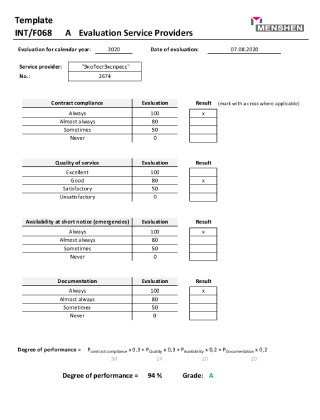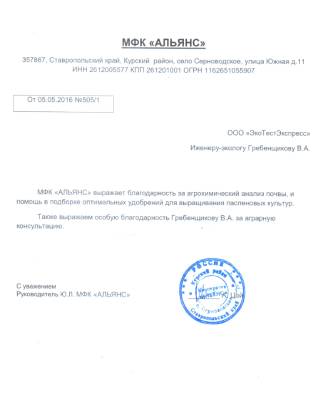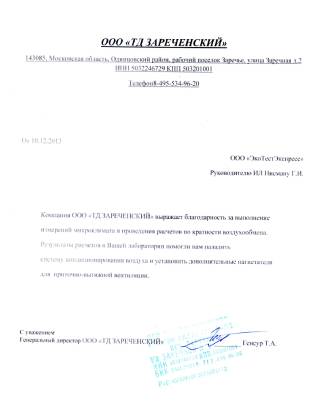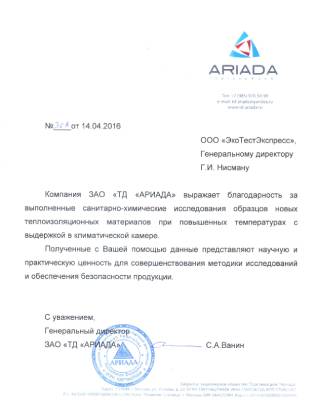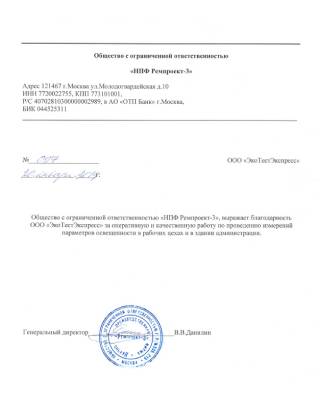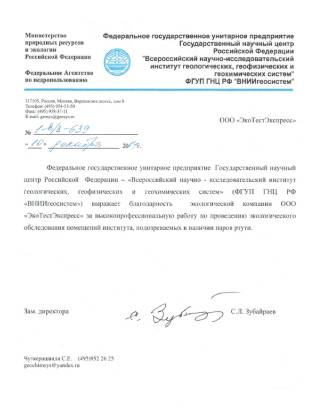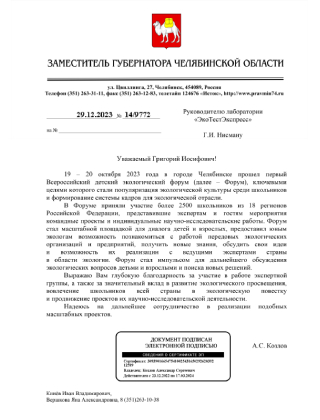- Master Your Profits with Innovative Quotex Tactics
- Understanding Market Dynamics
- Analyzing Price Trends
- Implementing Risk Management
- Leveraging Technical Indicators
- Creating a Trading Plan
- Harnessing Emotions in Trading
- Continuous Learning and Adaptation
- Building a Support Network
- Conclusion and Future Considerations
Master Your Profits with Innovative Quotex Tactics
In the ever-evolving world of online trading and investment, understanding effective strategies is paramount for success. One such approach has gained traction among traders looking to maximize their profits and minimize risks. This guide delves into the intricacies of an innovative approach, focusing on how to optimize trading outcomes through tailored tactics. This article is dedicated to providing you with a comprehensive understanding of these tactics, helping you navigate the complexities of the trading landscape.
At quotex strategy its core, successful trading requires more than mere luck; it demands a robust strategy that can adapt to market fluctuations and unpredictable trends. By incorporating specific methodologies, traders can significantly enhance their decision-making process. From analyzing market data to maintaining discipline during volatile conditions, the strategies laid out in this guide will equip you with valuable insights.
Moreover, as the landscape continues to shift, staying informed about the latest trends and strategies can mean the difference between loss and profit. With technology at our fingertips, real-time data analytics and automated trading systems can serve as crucial tools in crafting effective strategies. This article will outline not only the fundamental principles behind effective trading approaches but also tactical insights tailored explicitly to today’s fast-paced trading environment.
As you journey through the intricacies of these strategies, remember that the objective is not just to make a quick profit but to develop a long-term, sustainable trading practice. This guide will unfold the various aspects of innovative tactics that align with your goals, paving the way for a lucrative trading experience.
Understanding Market Dynamics
To implement a successful trading tactic, it is crucial to first comprehend the underlying dynamics of the market. Market dynamics include the various forces that influence price movements and trading volumes. Understanding these elements allows traders to anticipate shifts and adapt their strategies accordingly. Key factors influencing market behavior encompass liquidity, volatility, and market sentiment.
Liquidity refers to the ease with which assets can be bought or sold without causing significant price movements. A highly liquid market tends to attract more traders, making it essential for executing strategies effectively. Volatility, on the other hand, reflects the extent of price fluctuations over time. Increased volatility may indicate higher risk, but it can also present opportunities for profit if managed correctly.
| Liquidity | The ability to buy or sell assets in the market without causing significant price changes. |
| Volatility | A measure of how much the price of an asset fluctuates over a given period. |
| Market Sentiment | The overall attitude of investors toward a particular financial market or asset. |
Analyzing Price Trends
Another crucial aspect of developing a quotex strategy is the ability to analyze price trends accurately. Price trends reveal patterns in asset movements, which can be categorized into three primary types: upward (bullish), downward (bearish), and sideways. Recognizing these trends can help traders identify entry and exit points, maximizing their profitability.
Technical analysis is an essential tool in identifying these trends, involving the study of historical price data to predict future movements. Traders often employ various technical indicators such as moving averages, RSI (Relative Strength Index), and MACD (Moving Average Convergence Divergence) to inform their decision-making process. Understanding these indicators can provide a clearer picture of market conditions.
Moreover, combining technical analysis with fundamental analysis enhances the overall strategy. While technical analysis focuses on price movements, fundamental analysis examines the economic factors influencing asset values, including interest rates, earnings reports, and geopolitical events. This comprehensive approach can lead to more informed trading decisions.
Implementing Risk Management
No trading strategy is complete without a solid risk management plan. This aspect is crucial for protecting your investment capital and ensuring long-term sustainability. Effective risk management requires identifying potential risks, determining acceptable loss levels, and implementing strategies to mitigate those risks. Traders should consider employing stop-loss orders to limit losses on trades, thereby preserving capital for future opportunities.
It’s also vital to assess your risk tolerance level, as this varies from trader to trader. Some may prefer a more aggressive approach, willing to take higher risks for potentially greater rewards, while others may opt for a conservative strategy, focusing on smaller, more consistent gains. Recognizing and understanding your trading personality is essential to developing a personalized quotex strategy.
- Diversification: Spread investments across various assets to mitigate risk.
- Position Sizing: Determine how much of your capital to allocate to each trade.
- Regular Monitoring: Keep track of your trades and adjust strategies as needed.
Leveraging Technical Indicators
Using technical indicators effectively can significantly enhance your trading performance. They provide insights into market conditions, helping traders make informed decisions about when to enter or exit trades. Popular indicators include moving averages, Bollinger Bands, and Fibonacci retracements, among others. Each serves a unique purpose and can be utilized through various trading strategies.
Understanding how to interpret these indicators is crucial for successful implementation. For instance, moving averages can help smooth out price data to identify trends, allowing traders to understand the direction of an asset’s price movement. Conversely, Bollinger Bands indicate volatility and potential price reversals based on bands’ distance from the average price.
| Moving Averages | Identifying trends and determining entry/exit points. |
| Bollinger Bands | Measuring volatility and potential market reversals. |
| Fibonacci Retracements | Identifying potential support and resistance levels. |
Creating a Trading Plan
Every successful trader knows the importance of having a well-defined trading plan. A trading plan serves as a roadmap, outlining your objectives, strategies, risk management, and evaluation criteria. Without a plan, traders may find themselves reacting to market fluctuations rather than following a structured approach, leading to impulsive decisions and potential losses.
When creating your trading plan, it’s essential to include specific goals, such as monthly profit targets or risk tolerance levels. Additionally, it should encompass the strategies you intend to use, detailing how you will analyze market conditions and the tools involved. A clear framework will guide your actions and decision-making processes.
Finally, regular evaluations are crucial to refining your plan. Assessing your trading performance can reveal strengths and weaknesses, enabling you to make data-driven adjustments to enhance your strategies continually. This iterative process not only helps you grow as a trader but also aligns your tactics with evolving market dynamics.
Harnessing Emotions in Trading
Emotions often play a significant role in trading, influencing decision-making processes. Successful traders are adept at managing their emotions, maintaining discipline even in volatile market conditions. Emotional responses such as fear and greed can lead to impulsive decisions that deviate from established strategies. Recognizing these emotions and implementing techniques to manage them can improve trading outcomes.
For example, practicing mindfulness can help you stay focused and calm during trading activities. Additionally, setting clear rules for entry and exit points can prevent emotional decisions based on market fluctuations. This disciplined approach fosters long-term success by minimizing the impact of emotions on trading behavior.
Moreover, understanding and acknowledging the psychological aspects of trading is essential. Having realistic expectations about gains and losses will help you maintain perspective. The journey of trading involves both wins and losses, so cultivating resilience is crucial to your overall success in the trading realm.
Continuous Learning and Adaptation
The trading landscape is not static; it constantly evolves. Therefore, continuous learning and adaptation are vital components of any effective trading strategy. Staying informed about the latest market trends, news, and technological advancements can position traders for success. Engaging in online communities, attending webinars, and reading educational resources can enhance your knowledge base.
Furthermore, adapting to market changes involves regularly revising your strategies. Utilizing backtesting can reveal how your tactics would have performed historically, offering valuable insights into their effectiveness. This reflective practice allows you to make data-driven adjustments to improve your approach over time.
Moreover, technology plays a significant role in modern trading. Utilizing automated trading systems and data analytics tools can enhance your efficiency and accuracy. These advanced technologies allow for real-time monitoring and analysis of market conditions, enabling you to make informed trading decisions on the go.
Building a Support Network
Having a support network can be immensely beneficial in the trading world. Engaging with like-minded individuals, whether through online forums or local trading groups, allows for the exchange of ideas and experiences. Sharing insights can broaden your understanding of different trading strategies and perspectives.
Additionally, mentorship from experienced traders can provide invaluable guidance. A mentor can help navigate the intricacies of trading, offering personalized advice tailored to your specific needs and goals. Learning from their successes and challenges can significantly accelerate your growth as a trader.
Building relationships within your support network also fosters accountability. Regular discussions about goals and progress can motivate you to stay committed to your trading plan and tactics. This sense of community encourages shared learning and growth, ultimately enhancing your overall trading journey.
Conclusion and Future Considerations
In summary, mastering trading requires not only a well-defined strategy but also an understanding of market dynamics, effective use of technical indicators, and continuous learning. By leveraging a comprehensive trading plan and managing emotions, traders can navigate the complexities of the trading environment more effectively. Thus, honing a quotex strategy is pivotal to achieving sustainable success in this arena.
As you embark on your trading journey, remember to adapt and evolve continuously. The landscape will always change, and staying informed and engaged will provide you with the tools necessary to thrive. This proactive approach will ultimately lead you to greater financial success and satisfaction in your trading endeavors.











